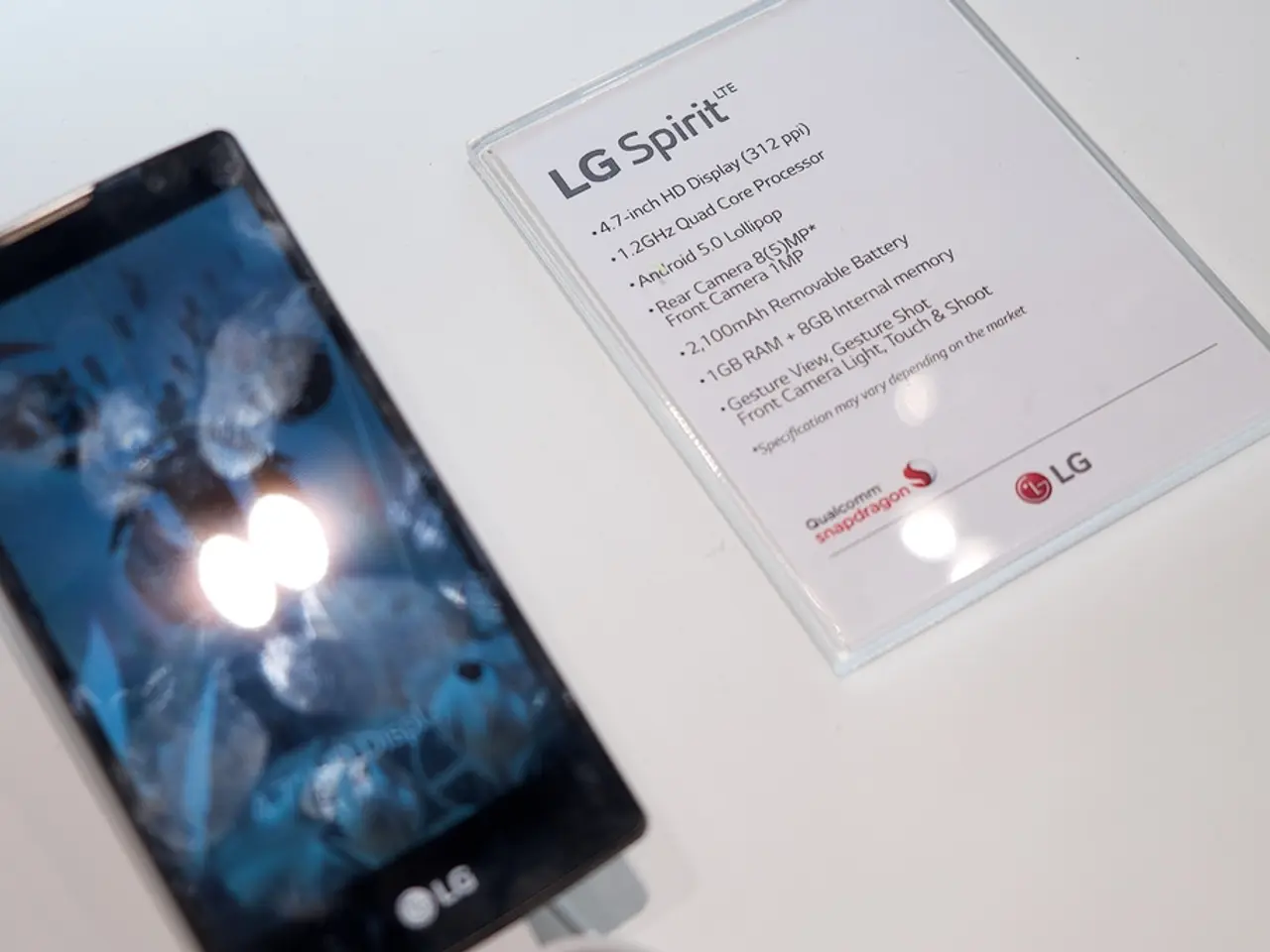Samsung claims the screen of its Galaxy Z Fold 7 possesses durability for a ten-year lifespan
In a notable leap forward for foldable technology, Samsung's latest offering, the Galaxy Z Fold 7, boasts significant improvements in durability compared to its predecessor, the Z Fold 6.
**Durability Improvements and Technological Advancements:**
The Galaxy Z Fold 7’s folding display is rated to withstand 500,000 folds in durability tests by Bureau Veritas, more than double the 200,000 folds of the Z Fold 6. This translates to about 10 years of average use, where a user folds their phone about 100 times daily (versus about 5 years for the Fold 6)[1][2].
Samsung introduced an advanced "Armor FlexHinge" featuring a multi-rail structure that reduces the crease on the folding display while enhancing overall hinge strength and durability, helping mitigate a major weakness in book-style foldables[1]. Under the display, a titanium frame improves strength and rigidity, bolstering the folding screen’s structural integrity. Additionally, a titanium backplate further enhances the phone’s durability while maintaining its slim and light form factor[1][4].
The foldable display features a 50% thicker Ultra-Thin Glass (UTG) layer compared to previous models, providing increased protection against damage while maintaining flexibility, making the screen less susceptible to cracking or damage from repeated folding[3][4]. The phone also utilizes more elastic adhesives and optimized materials around the display to better withstand stress and improve longevity[4].
**Consumer Interest and Sales Performance:**
The Galaxy Z Fold 7 has seen a significant increase in pre-orders this year, accounting for roughly 60% of the total. The Galaxy Z Fold 7 is leading the sales charge over the Flip 7 in South Korea, marking the first time a Galaxy Z Fold device has led Samsung's sales for its foldable department[5]. With its thinner-than-ever 8.9mm folded measurement, the Galaxy Z Fold 7 is the thinnest-ever book-style foldable offered by Samsung[6].
Samsung Display posted a press release about the durability of the Fold 7's display, emphasizing the extensive fold test and strengthened components as addressing longstanding durability concerns associated with foldable devices[1][2][4].
The Galaxy Z Fold 7 also comes equipped with a host of useful AI features designed to help with small, mundane tasks throughout the day[7]. However, it's important to note that the lifespan of the Fold 7's display drops to roughly 6 years for heavy use users (200 estimated folds per day)[8].
The Galaxy Z Fold 7 has been receiving a lot of attention this year, underscoring Samsung's commitment to pushing the boundaries of mobile technology while addressing consumer concerns about durability.
[1] Samsung Press Release: "Galaxy Z Fold 7: A Leap Forward in Foldable Technology" [2] Bureau Veritas Test Results: "Galaxy Z Fold 7 Durability Testing" [3] Samsung Display Press Release: "Improved Ultra-Thin Glass for the Galaxy Z Fold 7" [4] Samsung Press Release: "Armor FlexHinge and Titanium Frame: Enhancing Durability in the Galaxy Z Fold 7" [5] Samsung Sales Data: "Galaxy Z Fold 7 Pre-Orders and Sales Performance" [6] Samsung Press Release: "Galaxy Z Fold 7: The Thinnest-Ever Book-Style Foldable" [7] Samsung Press Release: "AI Features in the Galaxy Z Fold 7" [8] Samsung Press Release: "Lifespan Considerations for the Galaxy Z Fold 7's Display"
The Galaxy Z Fold 7's durability enhancements, achieved through a 50% thicker Ultra-Thin Glass, an advanced "Armor FlexHinge", a titanium frame, and other reinforced components, have significantly improved the phone's lifespan, allowing it to withstand around 10 years of average use. The increased durability, along with AI features and a slim design, contributes to the Galaxy Z Fold 7's increased consumer interest and sales performance, surpassing its predecessor and outperforming other foldable devices in the market.




